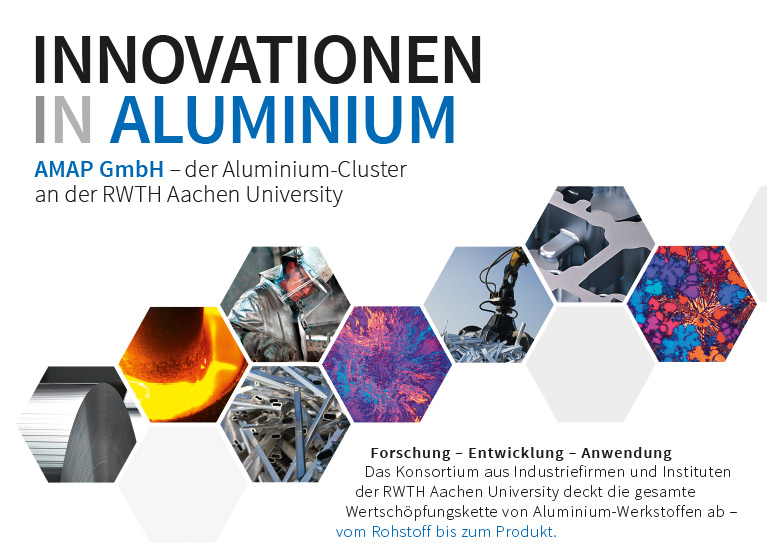IV.4 - Architecture: Sustainable Metal Construction
Markus Kuhnhenne
Institute of Steel Construction RWTH
Summary
Building envelopes made of metal using trapezoidal, corrugated, or folded profiles, sandwich elements, lightweight bridges, or temporary structures—the range of applications for aluminum in construction and architecture is diverse. Sustainable building with metal is currently gaining significant importance, as highlighted by Prof. Markus Kuhnhenne from the Institute of Steel Construction at RWTH Aachen University in his lecture "Sustainable Metal Construction."
Sustainable lightweight metal construction with aluminum offers numerous advantages: starting with the renovation or reinforcement of existing buildings, metal cladding can give a fresh look to even the most monotonous facades. The integration of functions and renewable energy sources allows for the creation of new resource-efficient products and solutions for sustainable buildings. For instance, photovoltaic (PV) elements can be excellently integrated into roof, facade, or exterior wall constructions, such as by applying organic photovoltaics (OPV) to aluminum profiles. The clean and low-maintenance lightweight metal is also ideal for cladding used for sun and glare protection. And as a recyclable material, aluminum is already an integral part of a circular economy.
Prof. Markus Kuhnhenne outlines further goals and action areas for sustainable building with metal:
- Low-carbon materials and a roadmap to zero emissions
- Hybrid solutions and resource-efficient design
- Integration of functions and renewable energy sources
- Compensation measures and cross-industry actions
However, Prof. Kuhnhenne also points out that the sustainability assessment for buildings includes many criteria and aspects, and focusing solely on individual topics will not lead to the desired outcome. Aluminum as a building material is highly appreciated by architects and builders and is often used in the planning and construction of sustainable buildings.


